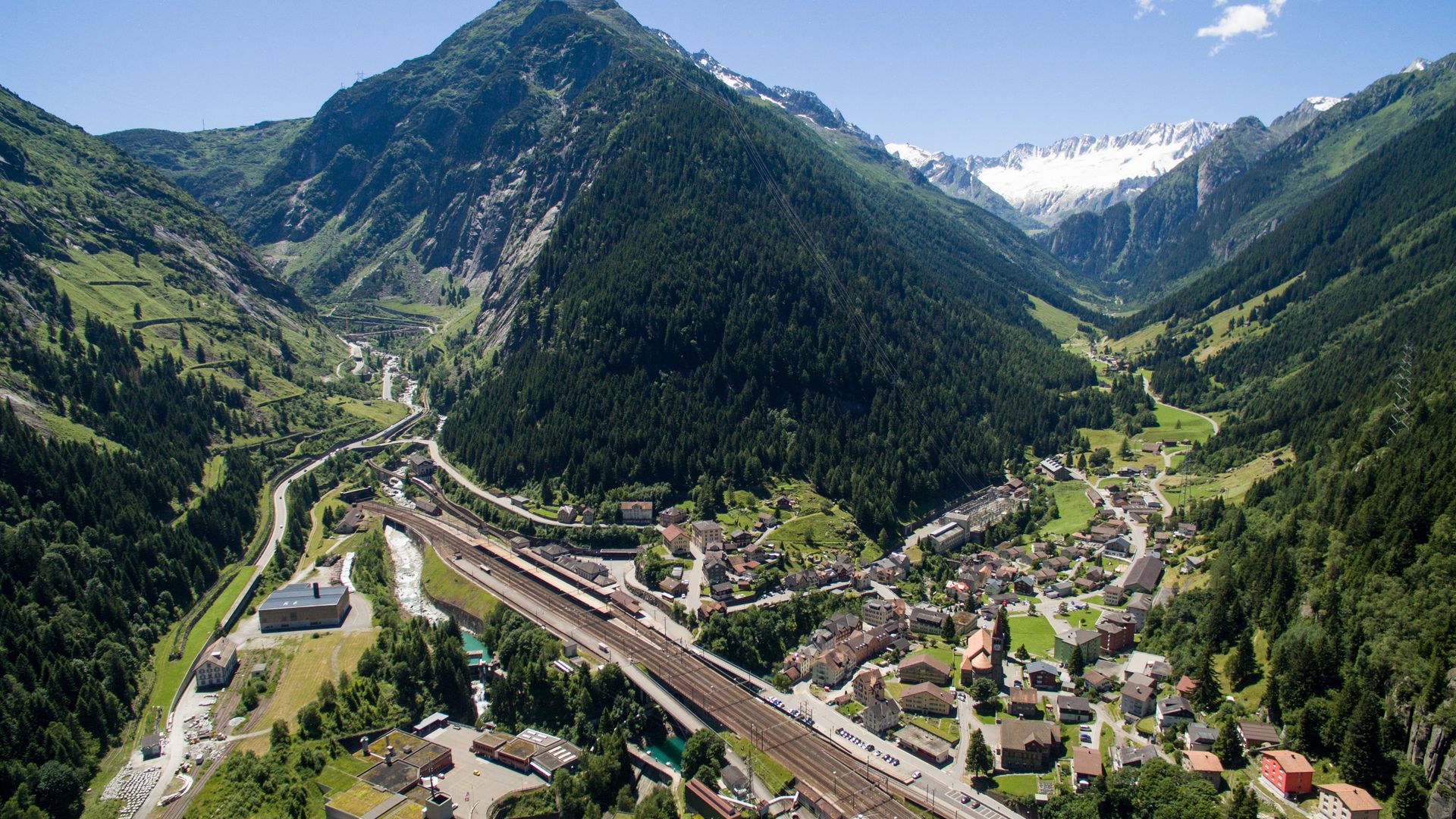The second tube of the Gotthard road tunnel: a structure of the century is being built
Andermatt, April 23, 2025
Traffic has been travelling through the Gotthard road tunnel, Switzerland's central north-south link, since November 1980. Now a second tunnel is being built 70 metres east of the first tube. During an exclusive tour of the construction site, we were given a fascinating insight into this major project, which requires engineering skills of the highest calibre.
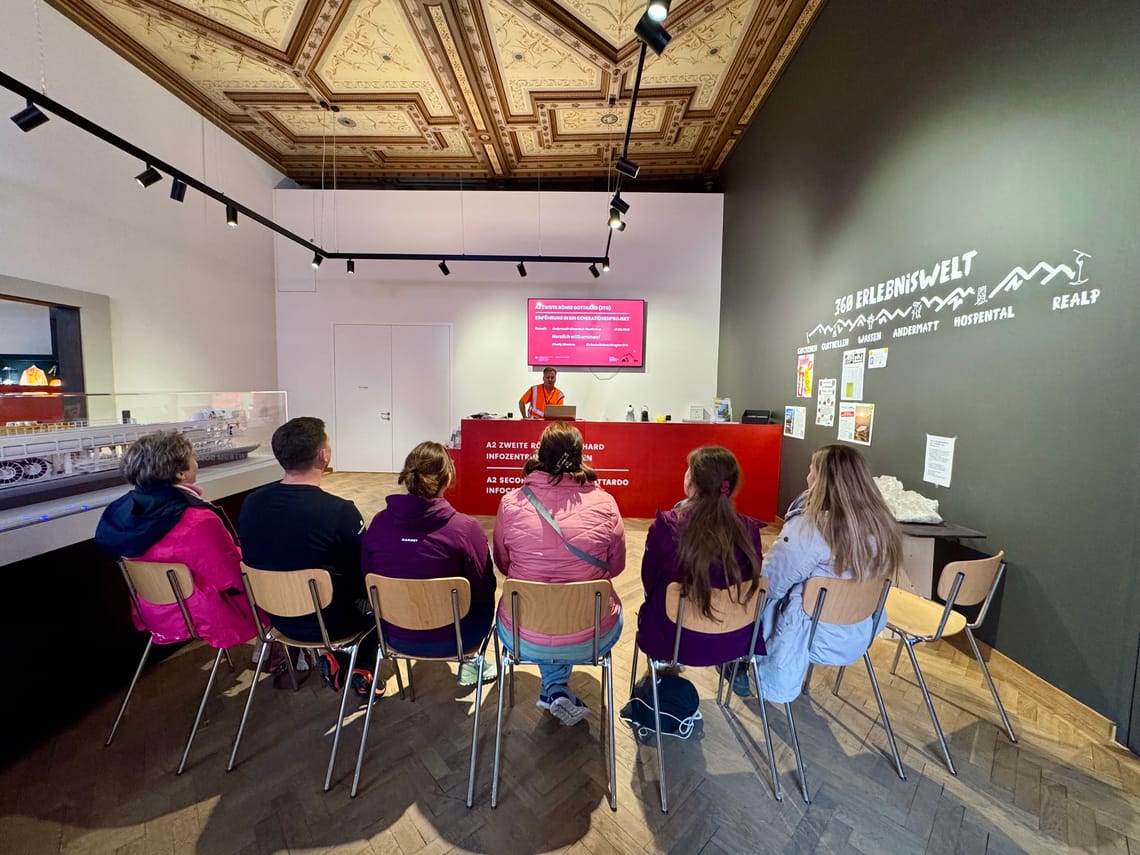
The construction site visit begins at the information centre at Göschenen railway station.
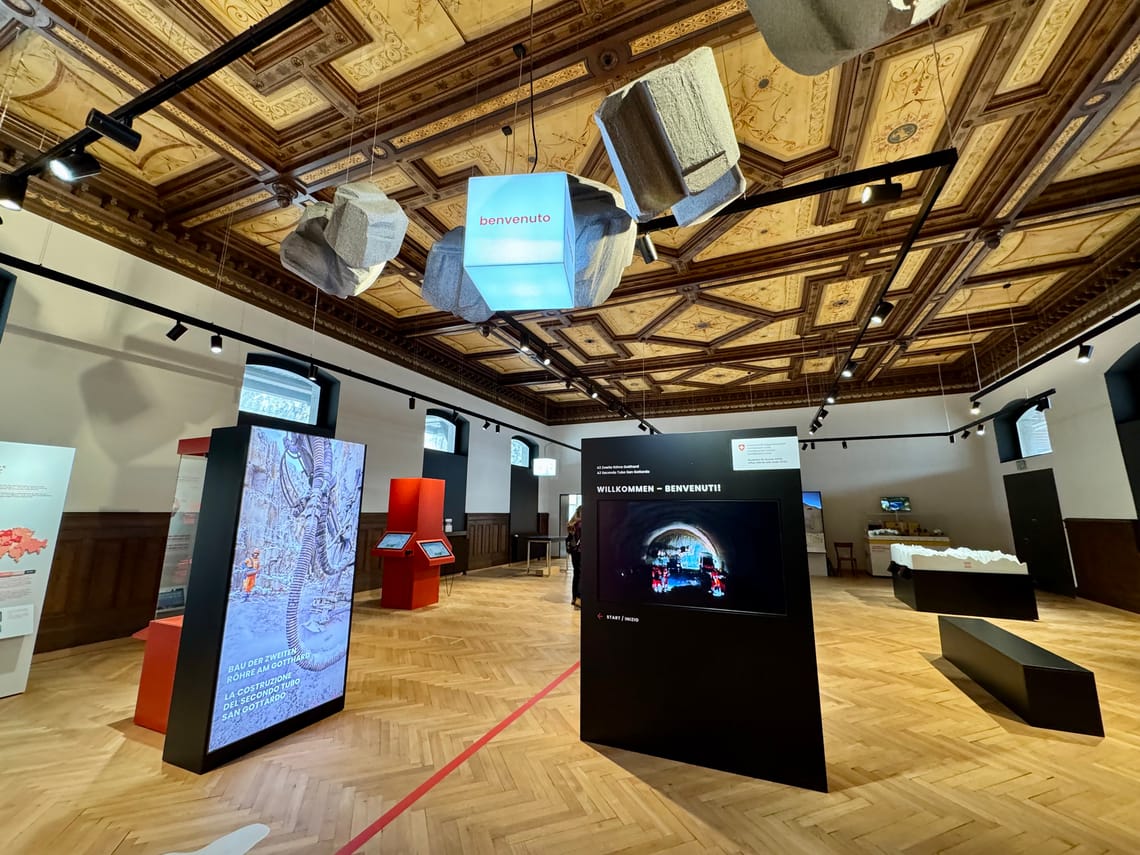
Göschenen information centre: Gain an insight into the world of a major construction site.
A construction site of superlatives
With a length of 16.9 kilometres, the second tunnel tube is exactly as long as the first. The construction work will take ten years. Preparatory work has been underway in Göschenen and Airolo since 2020, and the two tunnel boring machines on the Uri and Ticino sides will start work in 2024. If everything goes according to plan, the drilling teams will meet in the centre in summer 2026 - a milestone that will be celebrated as a ‘breakthrough’.
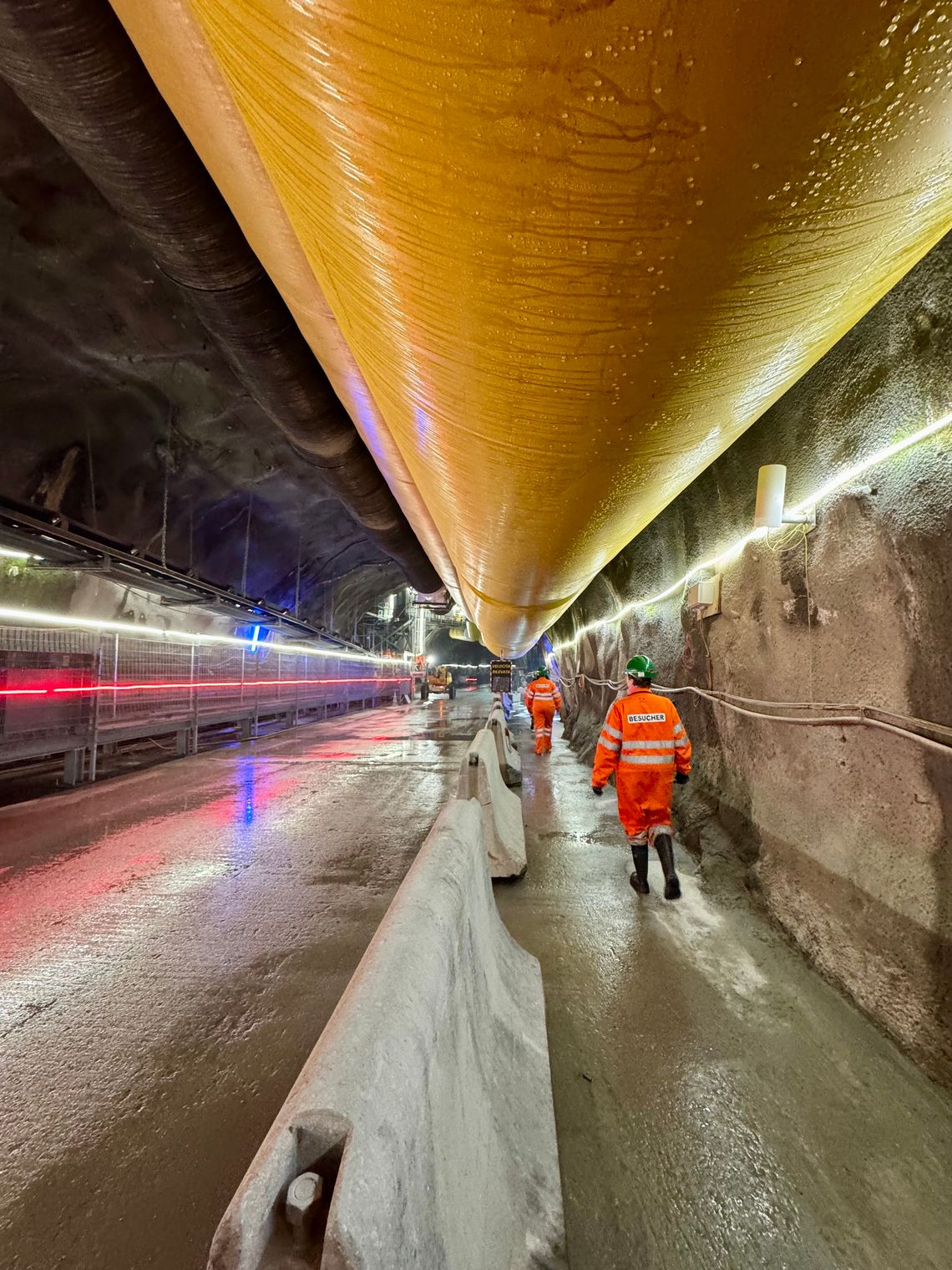
On foot into the mountain.
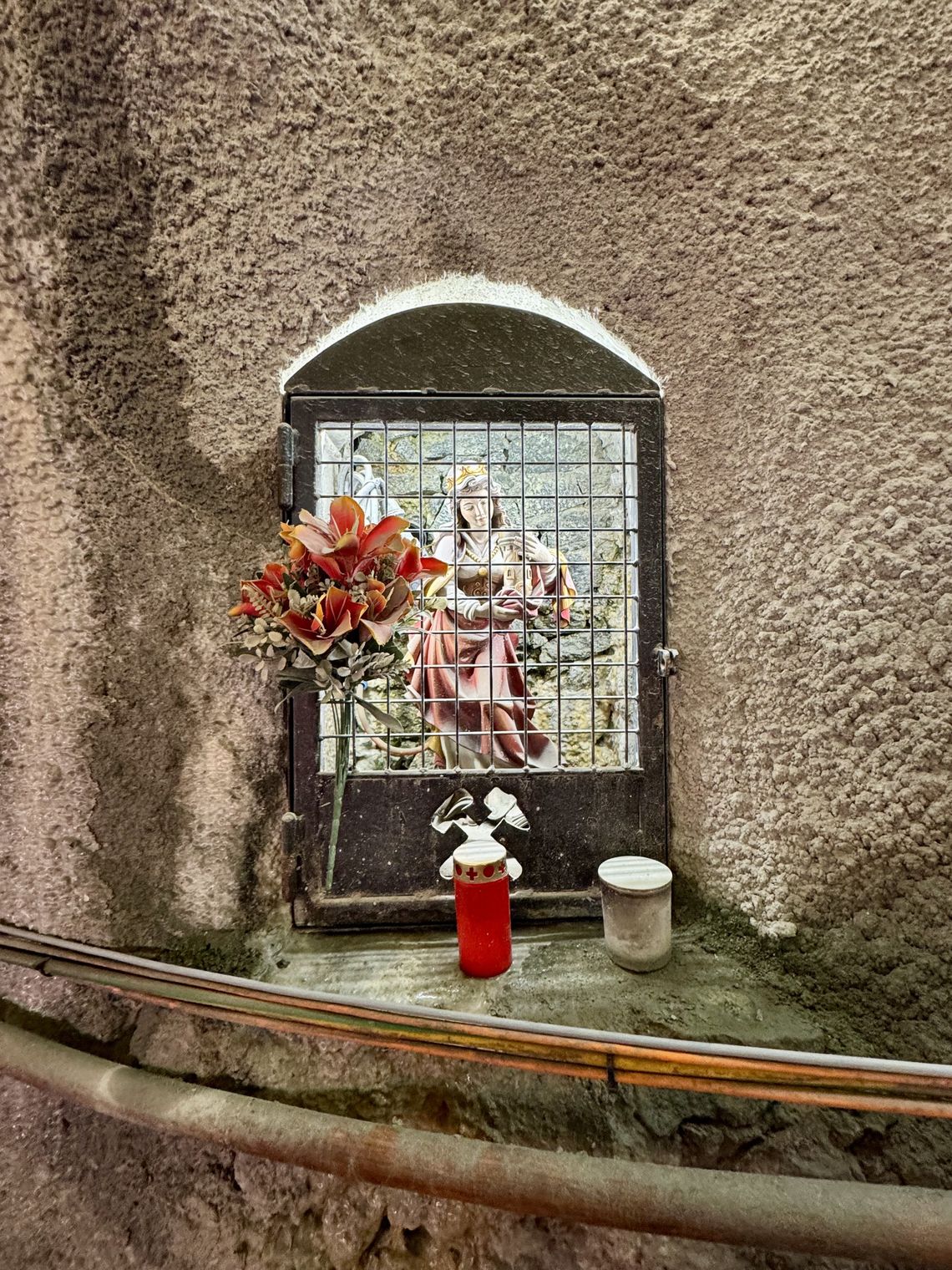
St Barbara, the patron saint of tunnellers, also watches over the work here.
The first vehicles are due to travel through the new tunnel at the end of 2029. The existing tunnel will then be renovated so that new operations can start in 2032 with one lane in each direction. In line with the Alpine Protection Initiative, which regulates transalpine transit traffic, capacity will still be limited to a maximum of 1,000 cars and 150 lorries per hour and direction.
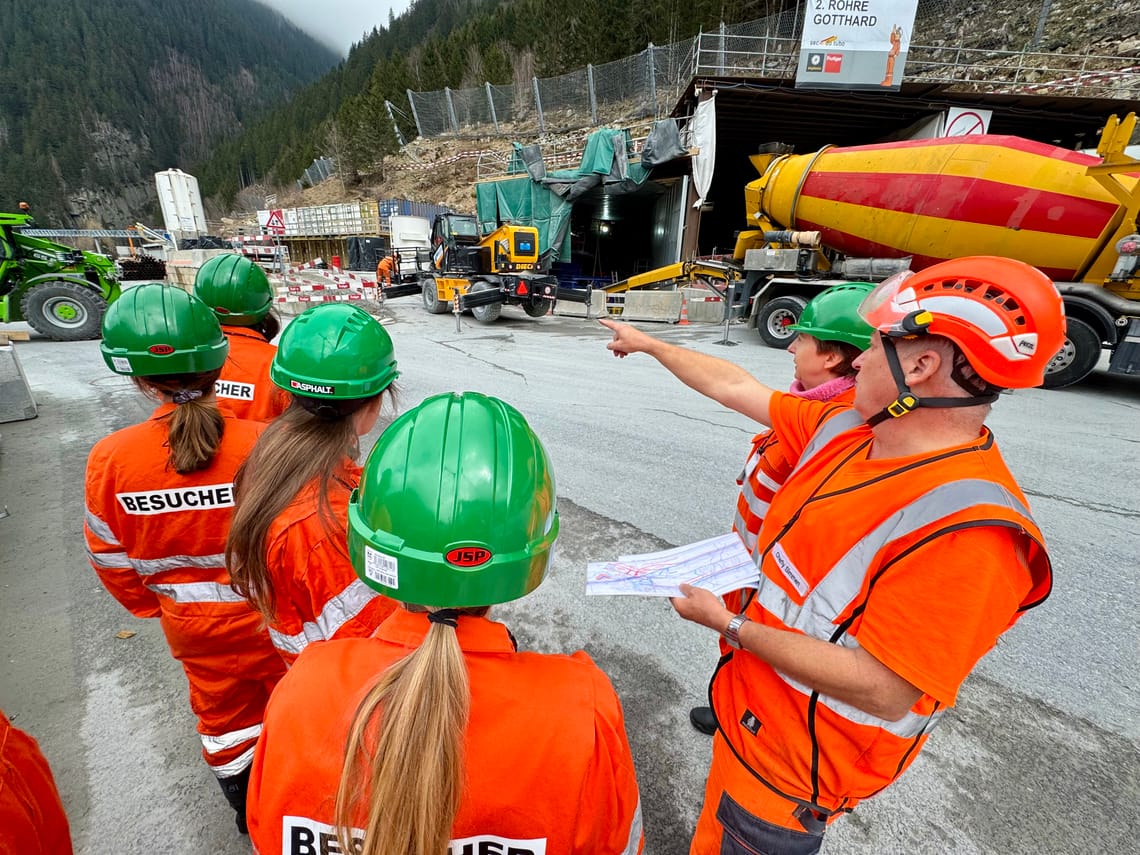
There is also a lot of activity during daylight hours.
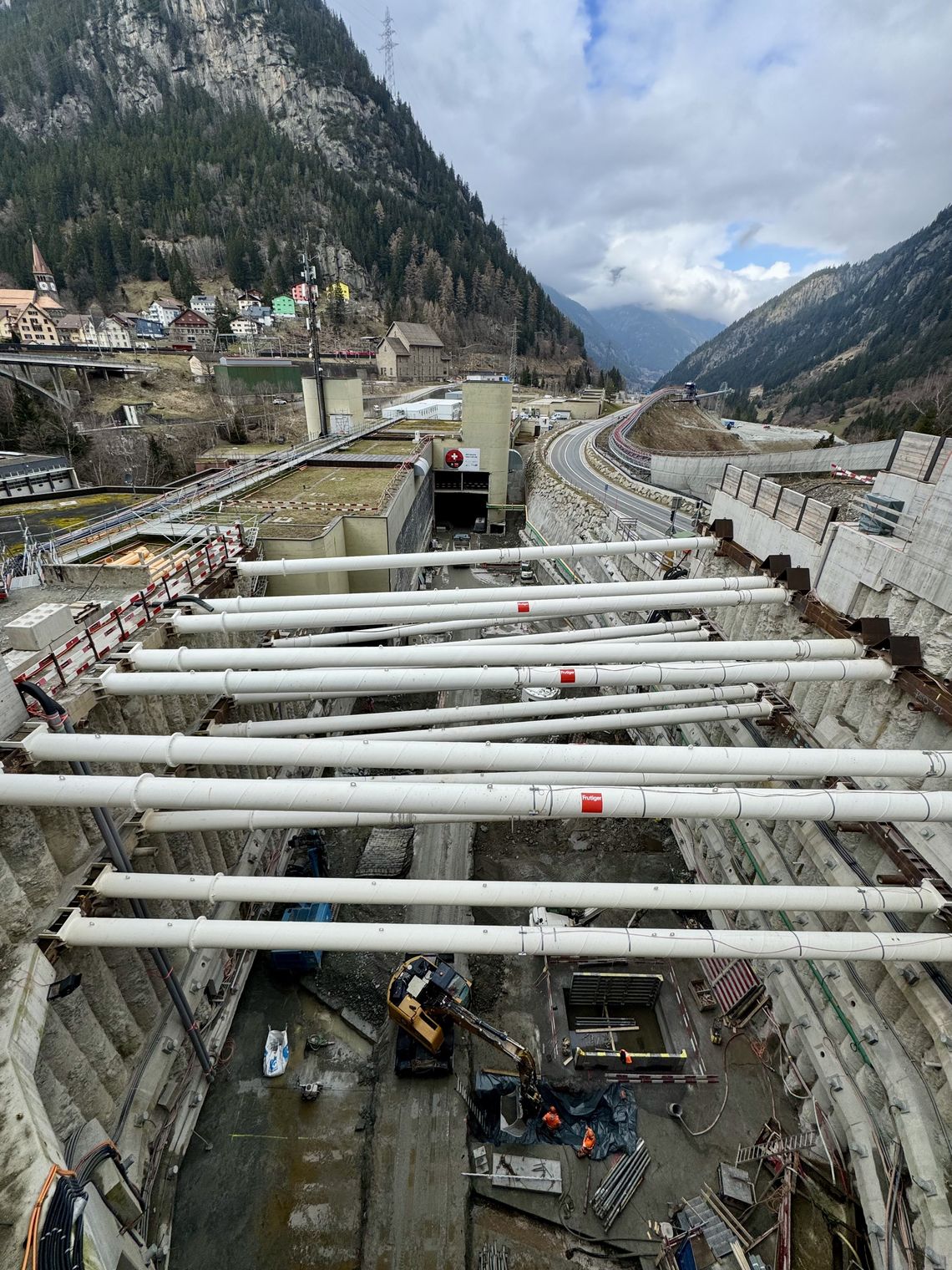
The power of the mountain is tamed: access to the second tunnel.
A challenge with uncertain dynamics
‘Tunnel construction is improvisation from day to day - the mountain ultimately decides how quickly progress is made,’ explains Charly Simmen, safety officer on the Uri side. Every geological feature can affect the construction progress and requires flexible solutions. The new tunnel will have a round profile with a diameter of 12.7 metres. The tunnel boring machines are an impressive 115 metres long and work their way 12 to 20 metres through the mountain every day, directly inserting six concrete elements that form the tunnel ring.
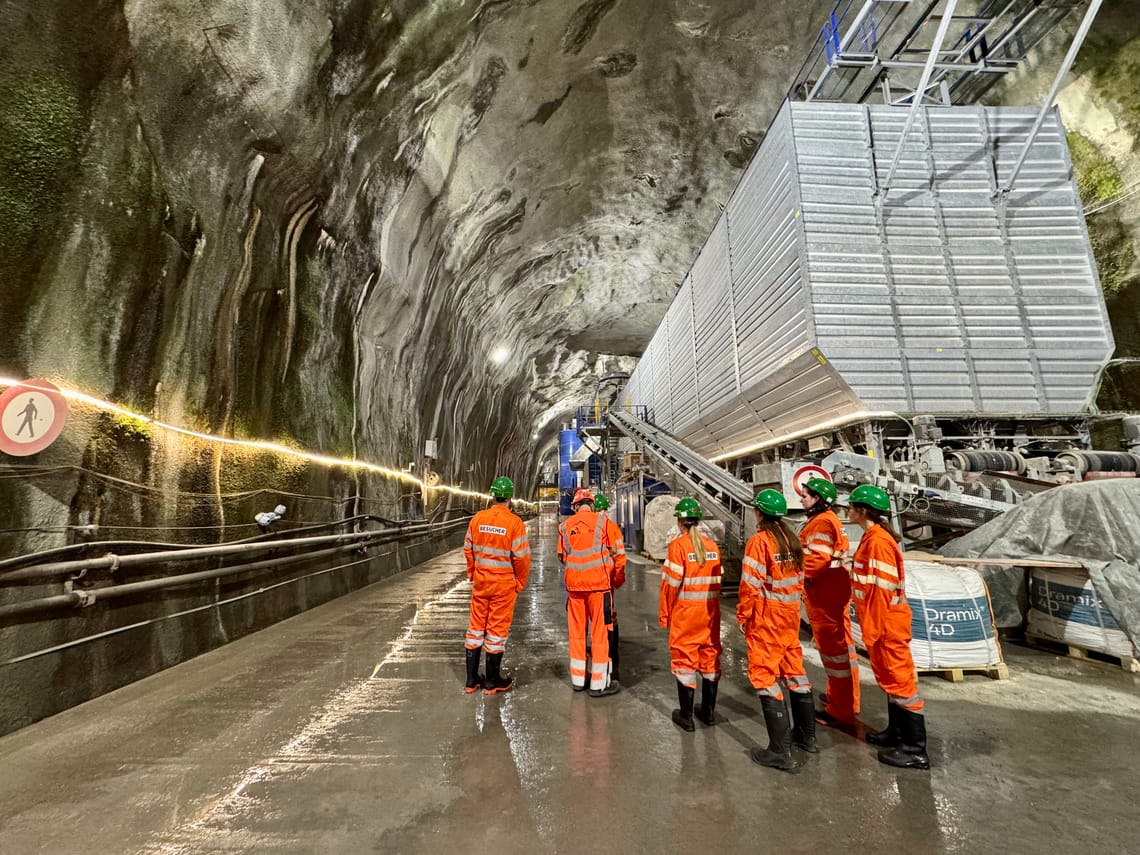
The concrete is delivered via a secondary tunnel for further processing.
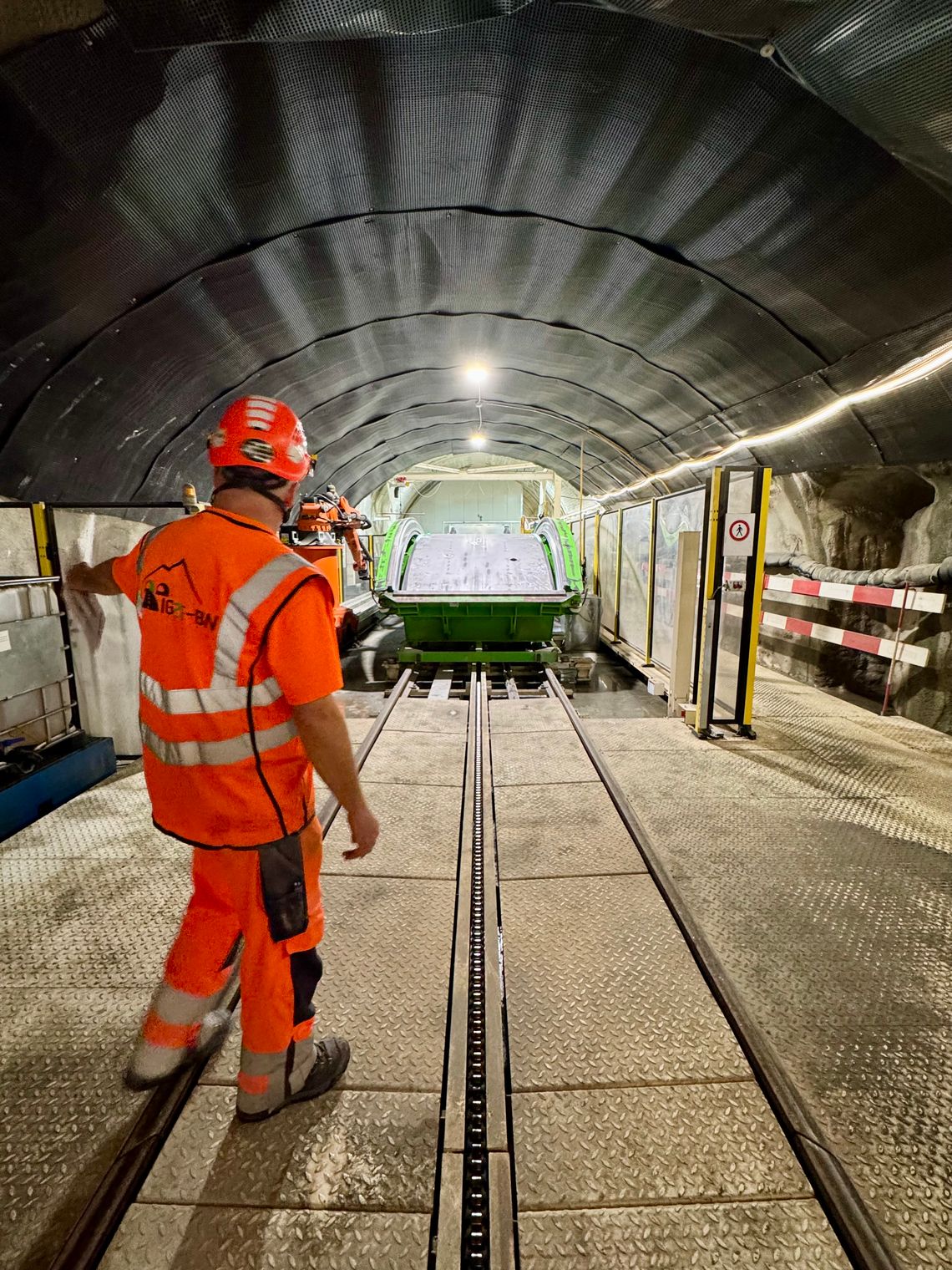
The concrete for the tunnel walls is poured into the moulds.
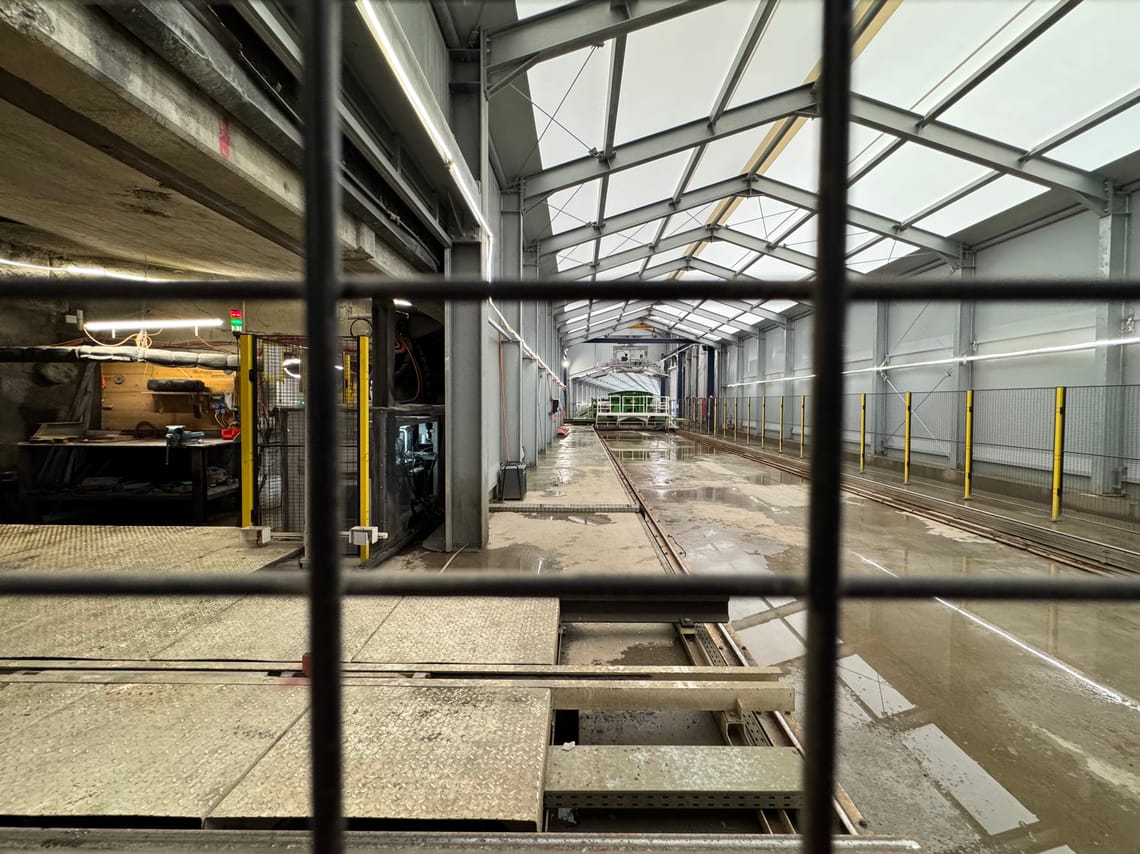
The hardening of the concrete elements is accelerated in a giant ‘steamer’.
The fault zone near Hospental poses a particular challenge: Problematic material could make tunnelling more difficult here. In order to ensure that the drilling machine can progress without any problems, a side tunnel has been created so that the excavator can drive the tunnel in a targeted manner. The machine will not reach this area for another year or so.
Sustainable use of excavated material
Around 7.4 million tonnes of excavated material are produced during tunnel construction - an enormous amount. But almost all of it can be reused. Instead of being disposed of, it is processed and reused for tunnelling, particularly for concrete. It is also used for lake filling in Lake Uri.
A unique construction project
A tour of the Gotthard construction site is always a special experience, as the operation is highly dynamic: the work, challenges and progress are constantly changing. However, the construction of the second Gotthard tunnel is an impressive testimony to the art of modern engineering. We look forward to following the developments and are excited to see how the project will unfold over the coming years.
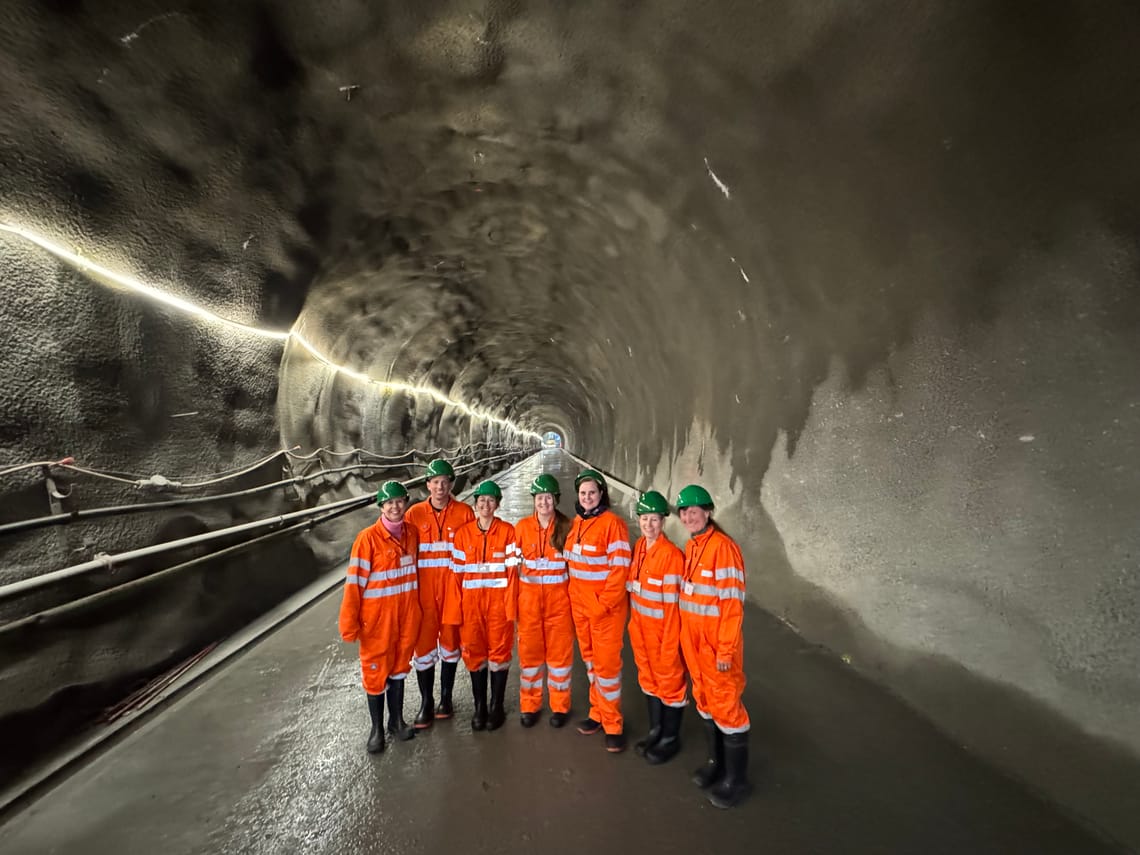
Far from daylight, in the middle of the mountain, you realise just how big nature really is.
